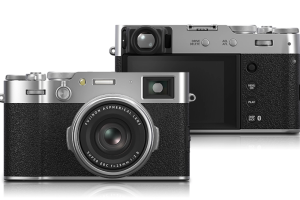January 12, 2024 – In a recent update from the United States Patent and Trademark Office (USPTO), Apple has been granted a design patent for a unique controller resembling the form of an Apple Pencil. This innovative device is designed to work seamlessly with a range of Apple products, including head-mounted displays, Macs, iPhones, iPads, televisions, and gaming consoles.

The patent reveals that despite its pencil-like appearance, the controller can be separated into two distinct components, serving as controllers for devices like the Apple Vision Pro. It is packed with a variety of sensors, each serving a specific purpose.
Among these sensors is an inertial measurement unit equipped with an accelerometer, which gathers information on the controller’s movements, such as swiping, waving, writing, drawing, shaking, and rotating actions. Additionally, wireless communication circuits facilitate communication with external devices like head-mounted displays.

The controller also boasts tracking capabilities, utilizing active or passive visual markers that can be tracked by optical sensors in external electronic devices. Input devices, such as touch sensors, force sensors, buttons, knobs, and wheels, allow for user interaction. Furthermore, haptic output devices provide tactile feedback to the user’s hand, enhancing the immersive experience.

Other sensors are dedicated to collecting interactive information between the handheld controller, the user’s hand interacting with the controller, and the surrounding environment. During operation, the handheld controller gathers user input, such as interaction data between the controller and its surroundings, the user’s fingers or hand, and virtual content displayed to the user.
Illustrated in Apple’s patent figure 2 is a schematic diagram of an explanatory system featuring a handheld controller. This versatile controller can be paired with various devices like the Vision Pro headset, iPhone or iPad, MacBook or desktop Mac, future smart glasses, gaming devices, and numerous applications.
Moreover, Apple’s patent figure 4 presents a perspective view of an exemplary handheld controller equipped with a knob that can rotate around the controller’s longitudinal axis. Figure 5 showcases another perspective view of a handheld controller, this time with a knob accessible from two opposite sides of the controller and rotatable around an axis perpendicular to the controller’s longitudinal axis. These innovative design elements highlight Apple’s commitment to pushing the boundaries of technology and enhancing user experiences.












